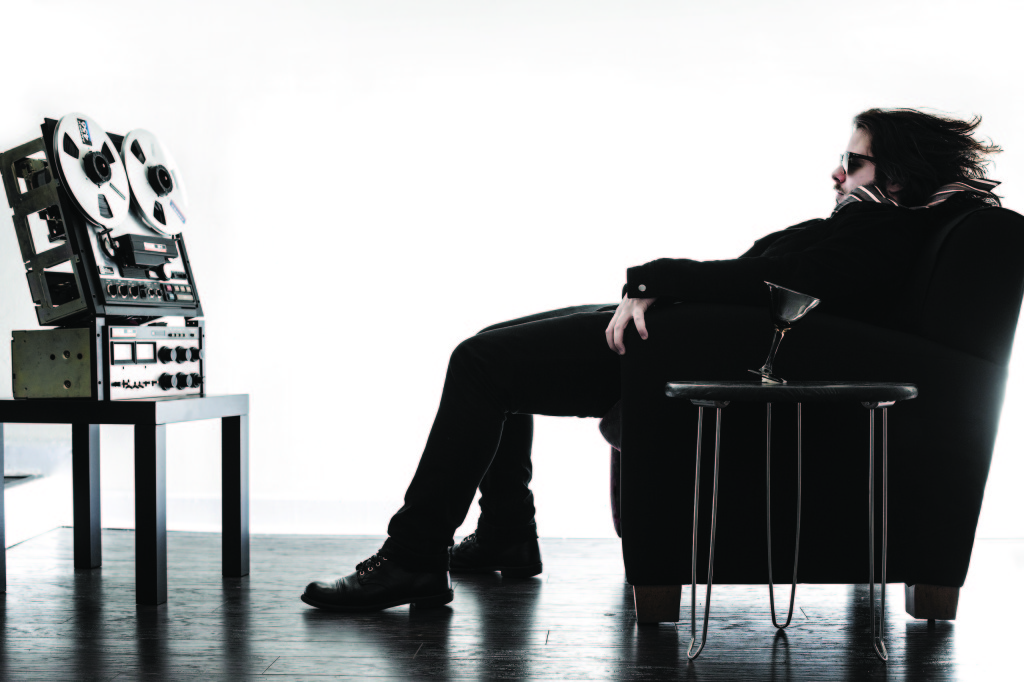The Howling Tongues Get Blown Away By Analog Tape
We recorded our debut album to 2” tape on a 24-track Studer at Sound Emporium in Nashville, TN. That whole experience opened our eyes – we weren’t staring at a computer screen and we were thrown into the fire. We weren’t editing, adjusting, shifting, nudging, cutting; we just had to live with what we got down on tape. It made us focus on the music, the performance, and the tones much more than we ever thought before.
Prior to that record we were big analog advocates anyway. So since Sound Emporium, we record at our own studio space and we have acquired a 1/4” Teac 2-Track reel to reel and a 1/2” Teac 8-track reel to reel. Everything sounds so amazing on tape; I’ve noticed I had to use much less EQ and compression to achieve the tones that we’re hearing in our heads. The dynamic range of tape is awesome too, because you can really hit the tape input hard and get a nice, tight, punch-rounded sound that you definitely can’t achieve digitally.
Not having tons of built-in effects and virtual instruments at the click of a mouse really forces you to try and create more sounds on your own. Maybe you used to plug a MIDI keyboard in and use some synth patches in Pro Tools. In the analog world you have to create those sounds using amps, microphones, guitar pedals, actual instruments, and random objects. It can be really inspiring to limit yourself in the digital era and just allow yourself to create and not stare the music down on a computer screen, but rather listen to it and make adjustments to your approach.
In our studio space we rehearse by running a Pro Tools session and we just arm all of the microphones that we’re using. This makes it quick to send the proper mixes out to each musician since we don’t have a nice analog console. Anytime we are recording, we record to one of the tape machines and have an alternate signal flow that we set up to do it. We can appreciate the speed of digital when it comes to rehearsing our sets and pulling up headphone/wedge mixes. When we create, we prefer working on tape.
Getting into analog recording takes patience, but once you get the handle on the process it becomes just as easy as any DAW (which were, after all, modeled on analog equipment in the first place). If you want, you can always dump what’s recorded on tape back into Pro Tools and just use your tape machine to get the effect and tone of it. A big misconception with analog recording equipment is that you need to have the most expensive machines to get great sounds. You don’t need an expensive Studer or an Otari for things to sound great. Of course, those machines are the best sounding, most flexible, and popular, but they are really hard to maintain and super expensive. When we recorded our record, our Studer had to be fixed twice and it was in great condition. Our current recording setup is relatively affordable for most serious musicians. If you buy an older reel to reel, new tape, an entry level analog mixer, speakers, and some microphones, it’s going to cost around the same or less than purchasing a nicer Pro Tools rig, mics, and speakers.
A lot of our favorite records that are modern or classic were done as analog recordings, and that’s where our inspiration came from. We wanted to learn the process and see if we could do it. Ever since then we’ve been in love with it. Analog recording is not for everyone, but for us it will always be how we want to create our albums. To listen to our music, head to www.thehowlingtongues.com and follow us on Twitter @HowlingTongues.
